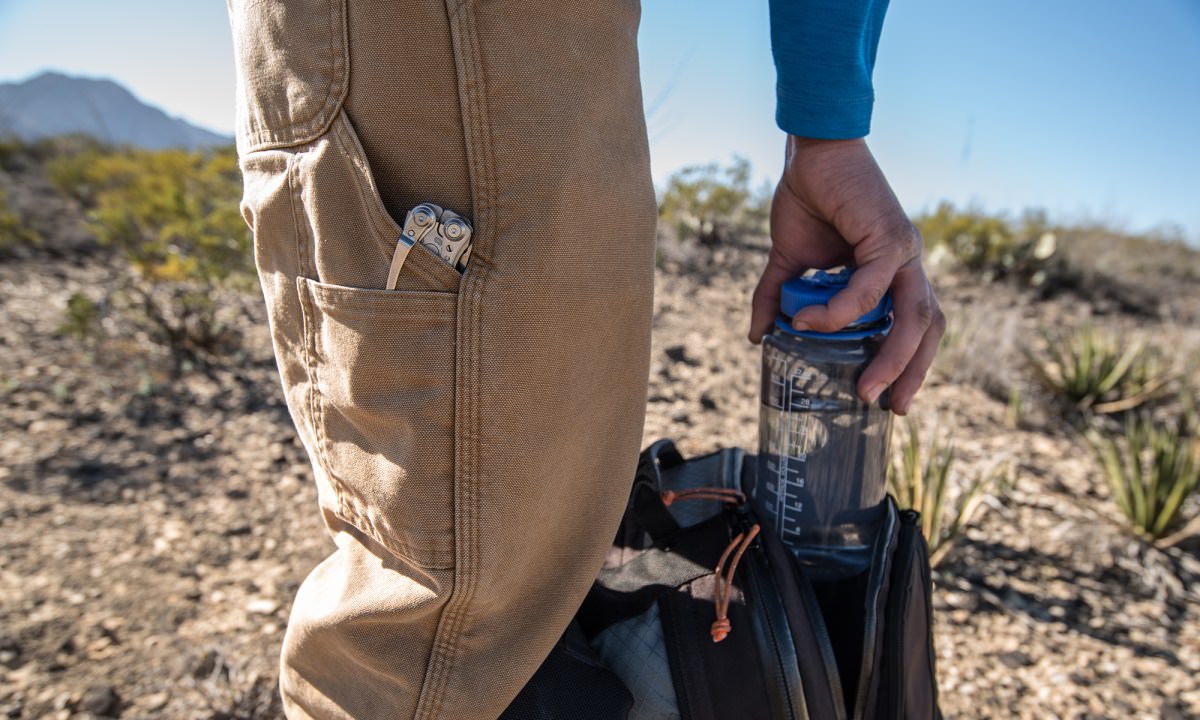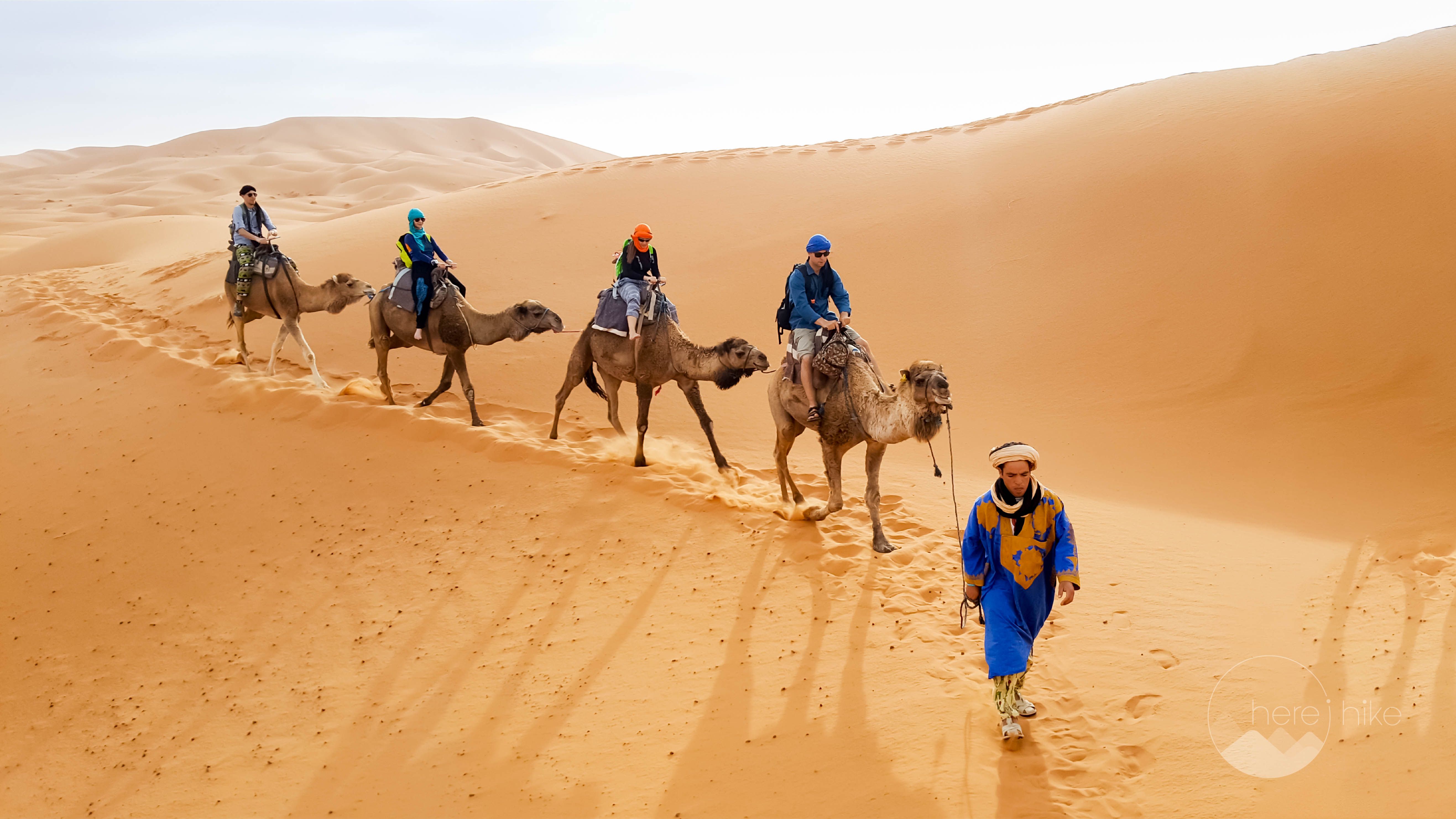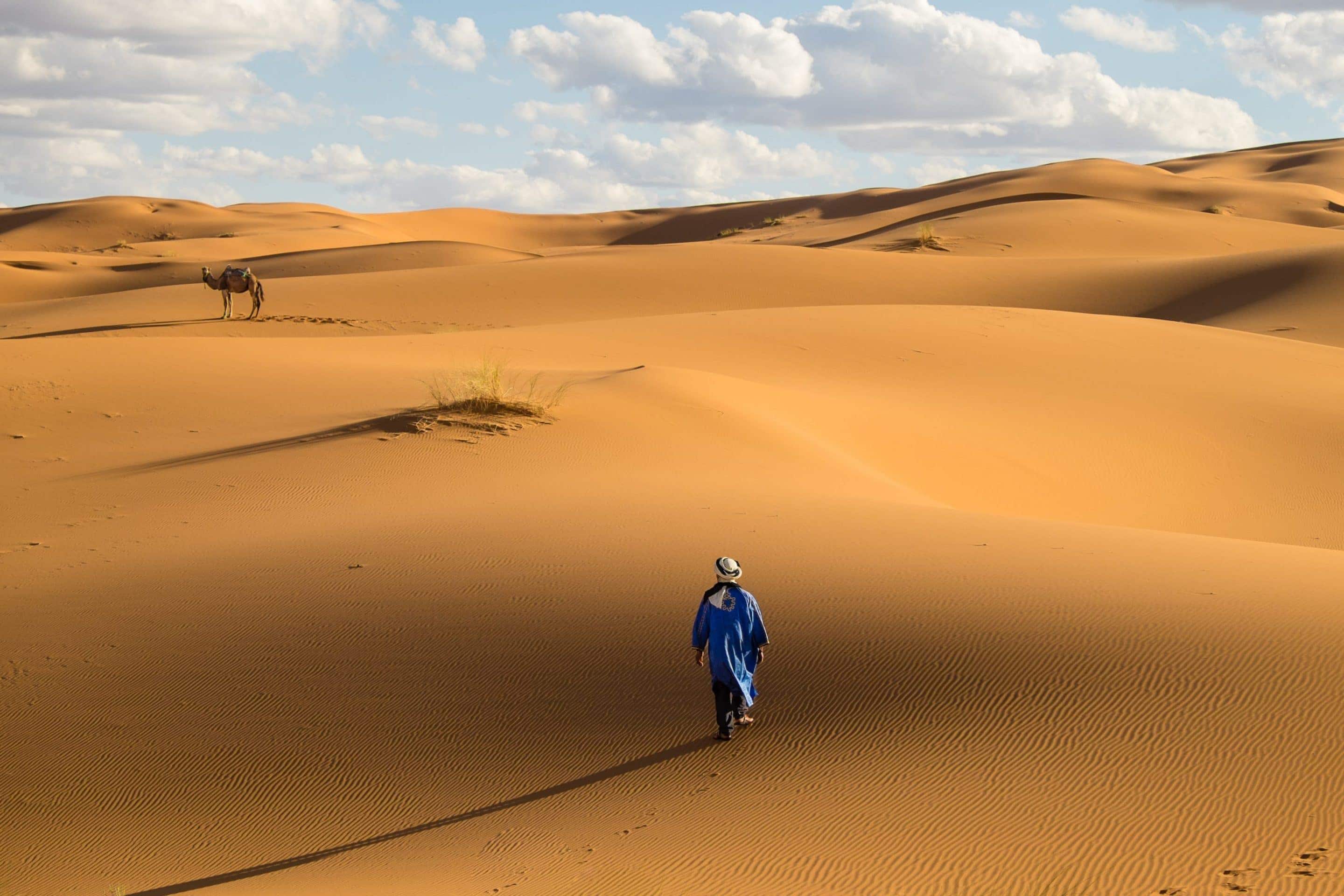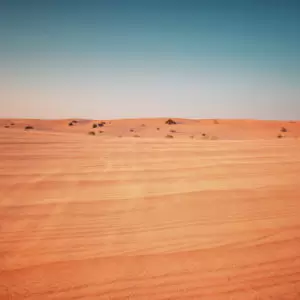Introduction
Welcome to the Desert Experience!
Have you ever found yourself captivated by the unique beauty and allure of deserts? These vast, arid landscapes can be both enchanting and challenging. Picture the golden dunes shifting with the wind, or a vibrant sunset casting shadows on rugged rock formations. In this blog, you’ll discover:
- The different types of deserts
- Survival tips for your desert adventure
- The flora and fauna that thrive in these extreme conditions
Get ready for an unforgettable journey!

Types of Deserts
Hot Deserts
So, what types of deserts can you encounter? Let’s kick things off with hot deserts. These sun-soaked regions are defined by high temperatures and minimal rainfall. Picture the Sahara, where the days can reach scorching heights! Common characteristics include:
- Sandy dunes
- Cacti and succulents
- Unique wildlife, like camels and scorpions
Cold Deserts
On the flip side, we have cold deserts. These are often tucked away in higher altitudes or northern latitudes and experience freezing temperatures, especially at night. Think of the Gobi Desert, where layers of frost can greet you. Key features include:
- Rocky terrain
- Short vegetation
- Animals like foxes and snow leopards
Whether you find yourself in a hot or cold desert, each offers its own unique desert experience!
/https://tf-cmsv2-smithsonianmag-media.s3.amazonaws.com/filer/f2/94/f294516b-db3d-4f7b-9a60-ca3cd5f3d9b2/fbby1h_1.jpg)
Desert Climate
Understanding the Arid Environment
Now that you’ve explored the types of deserts, it’s time to dive into their climate. Deserts are known for their extreme weather conditions, which can surprise you! Key climate characteristics include:
- Low Precipitation: Typically less than 10 inches of rain per year.
- Temperature Extremes: Scorching days can plummet to freezing nights.
Experiencing this climate firsthand can be exhilarating, so be prepared for any surprises Mother Nature throws your way!

Flora and Fauna in Deserts
Life in Adversity
Transitioning from the harsh climate, let’s uncover the resilient flora and fauna that thrive in deserts. Despite the extreme conditions, life finds a way to flourish! Notable adaptations include:
- Cacti and Succulents: These plants store water and have spines instead of leaves to reduce evaporation.
- Desert Animals: Creatures like the fennec fox and kangaroo rat have unique adaptations, such as nocturnal lifestyles and water-conserving kidneys.
Witnessing this ingenuity can deepen your appreciation for the desert experience!

Survival Tips in the Desert
Staying Safe in the Arid Wilderness
Having marveled at the desert’s unique life forms, it’s crucial to know how to navigate its challenges. Survival in such an unforgiving environment requires preparation and awareness. Here are some essential tips:
- Stay Hydrated: Always carry plenty of water—more than you think you’ll need.
- Dress Wisely: Light, breathable clothing protects against the sun while retaining warmth at night.
- Travel Early or Late: To avoid the searing midday heat, plan your excursions during cooler hours.
With the right strategies, you can truly embrace the desert experience safely!
Desert Landforms
Exploring the Geological Wonders
After discussing survival strategies, let’s shift our focus to the stunning landforms that define the desert landscape. These unique features create a breathtaking backdrop for your adventures. Key desert landforms include:
- Sand Dunes: Magnificent hills of sand shaped by the wind; the tallest can reach over 500 feet!
- Rock Formations: Eroded cliffs and mesas showcase brilliant colors and fascinating shapes.
- Dry Lake Beds: Often called playas, these flat expanses form after water evaporates.
Exploring these wonders can enhance your overall desert experience!

Famous Deserts Around the World
Sahara Desert
Continuing our exploration, let’s discover some of the world’s most famous deserts! First up is the Sahara Desert—the largest hot desert on Earth. Stretching over 3.6 million square miles, it’s renowned for its captivating sand dunes and vibrant cultures. Fun facts include:
- Home to diverse tribes like the Tuareg.
- Hosts the breathtaking dunes of Erg Chebbi.
Mojave Desert
Next, we venture to the Mojave Desert, a true gem in the American Southwest. Famous for its Joshua trees and striking rock formations, it’s a paradise for hikers and nature lovers alike. Highlights include:
- The iconic Death Valley, known for being one of the hottest places on Earth.
- Colorful sunsets that will take your breath away.
Visiting these deserts offers an unforgettable desert experience that every adventurer should have!

Desert Adventures
Sandboarding
Now that we’ve explored some famous deserts, let’s talk about the exhilarating adventures that await you in these stunning landscapes! First up is sandboarding—think snowboarding, but on golden dunes! Gliding down the soft, sweeping slopes is an adrenaline rush you won’t want to miss.
- Recommended Spots: The dunes of Huacachina in Peru or the Sahara’s Erg Chebbi.
- Equipment: Most tours provide boards, but you can also rent gear.
Camel Trekking
Next on the list is camel trekking, an experience that connects you to the ancient caravans of the desert. Riding these majestic creatures can feel like stepping back in time.
- Travel Duration: Many treks last from a few hours to several days, offering stunning sunset views.
- Cultural Insights: Engage with local Berber or Bedouin cultures along the way.
Embarking on these adventures will leave you with unforgettable memories and stories to share!

Desert Conservation Efforts
Protecting Our Arid Ecosystems
As we continue our desert journey, it’s essential to highlight the significant conservation efforts aimed at protecting these unique environments. Deserts may seem desolate, but they are rich in biodiversity and play a crucial role in our planet’s health.Key initiatives include:
- Protected Areas: National parks and reserves, like Chile’s Atacama Desert, help safeguard delicate ecosystems.
- Community Programs: Local organizations engage communities in sustainable practices to preserve wildlife and natural resources.
By supporting these efforts, you can contribute to a healthier desert experience for generations to come!

Desert Cultural Significance
A Tapestry of Traditions
As we reflect on desert conservation, it’s important to acknowledge the rich cultural significance these landscapes hold. Deserts have been home to numerous indigenous peoples, whose traditions are deeply intertwined with the environment.
- Cultural Heritage: Many communities rely on the desert for their livelihoods, practicing age-old traditions in agriculture and craft.
- Festivals and Celebrations: Events like the Burning Man festival showcase creativity inspired by the desert’s vastness and beauty.
Exploring these cultural aspects can enhance your desert experience, offering deeper insights into the lives that thrive in such challenging terrains!

Mysterious Phenomena in Deserts
Unveiling the Secrets of the Sands
Following our exploration of the cultural significance of deserts, let’s delve into the mysterious phenomena that make these landscapes even more intriguing. From optical illusions to geological wonders, deserts are full of surprises!
- Mirages: These optical phenomena can make it appear as if water is shimmering in the distance, playing tricks on weary travelers.
- Singing Sand Dunes: In certain places, like the Namib Desert, some dunes emit a melodic sound when the sand shifts, creating an eerie yet captivating experience.
Experiencing these mysteries adds an enchanting layer to your desert adventure!

Desert Photography Tips
Capturing the Beauty of Arid Landscapes
Now that we’ve explored the mysteries of deserts, let’s discuss how to immortalize these experiences through photography. With the right techniques, you can capture the stunning beauty of sandy dunes and rugged terrains!Here are some tips to enhance your desert photography:
- Golden Hour Magic: Shoot during sunrise or sunset for softer light and vibrant colors.
- Use a Tripod: This is essential for stability, especially in windy conditions.
- Play with Shadows: Capturing long shadows can add dramatic depth to your photos.
With these tips, you’ll be well on your way to creating stunning desert memories!

Challenges Faced in the Desert
Overcoming the Harsh Realities
As we wrap up our photography journey, let’s face the realities of desert adventures. While the beauty is captivating, the desert also presents its share of challenges that every adventurer should be prepared for.Key challenges include:
- Extreme Temperatures: The scorching heat during the day can be intense, while nights can drop to chilling lows.
- Limited Water Sources: Access to clean water is sparse, making hydration a top priority.
- Navigational Difficulties: The vast, featureless landscapes can disorient even the most seasoned travelers.
Being aware of these challenges will help you prepare better and fully enjoy your desert experience!

Interesting Facts About Deserts
Discovering Desert Wonders
Now that we’ve tackled the challenges of desert life, let’s explore some fascinating facts that highlight the uniqueness of these arid landscapes! You might be surprised by just how different and intriguing deserts can be.
- Not All Deserts Are Sandy: In fact, Antarctica and the Arctic are classified as deserts due to their low precipitation.
- Desert Wildlife Adaptations: Many animals can survive without water for weeks, like the resilient kangaroo rat.
- Diverse Ecosystems: Deserts can host over 1,500 different plant species, many found nowhere else!
These intriguing facts remind us of the complexity and beauty inherent in our desert experience!

Conclusion
Embracing the Desert Experience
As we conclude our journey through the world of deserts, it’s clear that these arid landscapes are filled with wonders, challenges, and rich cultural significance. Whether you’re captivated by the breathtaking landforms, excited about adventurous activities, or enchanted by the fascinating flora and fauna, deserts offer a unique experience that’s hard to forget.Remember:
- Prepare Thoroughly: Equip yourself for the climate.
- Respect Nature: Engage in conservation efforts.
- Capture Memories: Don’t forget to photograph your adventures!
With these insights, you’re ready to take your desert adventures to new heights!












